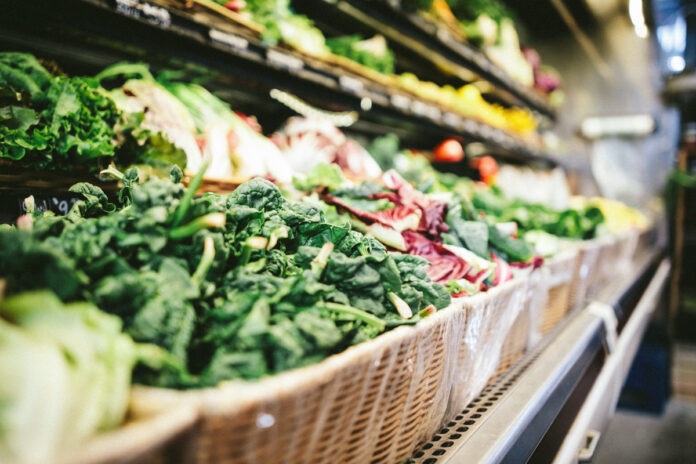Cooking on a student budget was challenging even before the Canadian economy began playing pranks on us.
With grocery prices on the rise, staples such as meat and fresh produce have become inaccessible and too expensive for many students—but that’s no reason to think cooking should be any more complicated. A nutritious, budget-friendly diet can still be achieved with a bit of creative thinking. Mostly, it’s a matter of knowing your ingredients in the kitchen.
I’m not a vegetarian, but my meat consumption has been at an all-time low. It wasn’t a conscious choice or anything. I don’t miss meat as much as I thought I would, and that’s largely thanks to some ingredients I’d like to introduce you to.
The all-mighty lentil
An excellent place to start is with lentils. These little kibble-looking fellows have changed my life. They’re miracle plants: easy to store, high in protein and fibre, and you can get enough to fill a small piñata for less than the price of a grande mocha frappuccino. They’re also a great alternative to meat.
My partner and I have made lentil-based soups, chilis, curries, spaghetti sauces and casseroles. Soak them, rinse them and throw them in any liquid-based meal—they’ll give you just what you need.
Textured vegetable protein
I’ve also come to love textured vegetable protein, also known as textured soy protein, soy meat, or soya chunks. The protein-filled product is produced by separating soy protein from the other elements found in soybeans. After the separation process the soy paste is compressed into various shapes like flakes, chunks, nuggets and strips. It’s super easy to cook and serves as a terrific ground beef substitute for burgers and “meat” loaf
Turkey > beef
If you’re looking for a more meat-based diet while still on a budget, I’ve found ground turkey is one of the best ways to go. It’s a more affordable alternative to beef, and in recipes like sauces or chilli, it’s often hard to tell the difference.
Mix ground turkey with eggs or bread crumbs and pan-fry it for a delicious turkey burger. I highly recommend adorning it with cucumbers and tzatziki.
Chickpeas
Hummus has become one of my favourite snacks lately, made with a protein-rich chickpea base. Soak some dry chickpeas overnight, then boil them for one minute. You can use canned chickpeas right away. Throw them in a blender with the amount of salt, garlic, lemon juice, sesame seeds, and oil you find works best for your liking, and you’ve got a reliable, healthy snack. Hummus is also a great way to eat more vegetables because it’s mathematically proven to improve whatever you dip in it by about nine million per cent.
Get cooking!
I consider cooking to be one of the great simple pleasures in life and refuse to let inflation take that away from me. With some guidance and creativity, students can still have a healthy, satisfying diet without breaking the bank. Hopefully, this can help anyone navigating the culinary world for the first time to find more fulfillment in what they cook and eat.
Vegetables at a market in Napa, United States. [Photo via Scott Warman/Unsplash]




